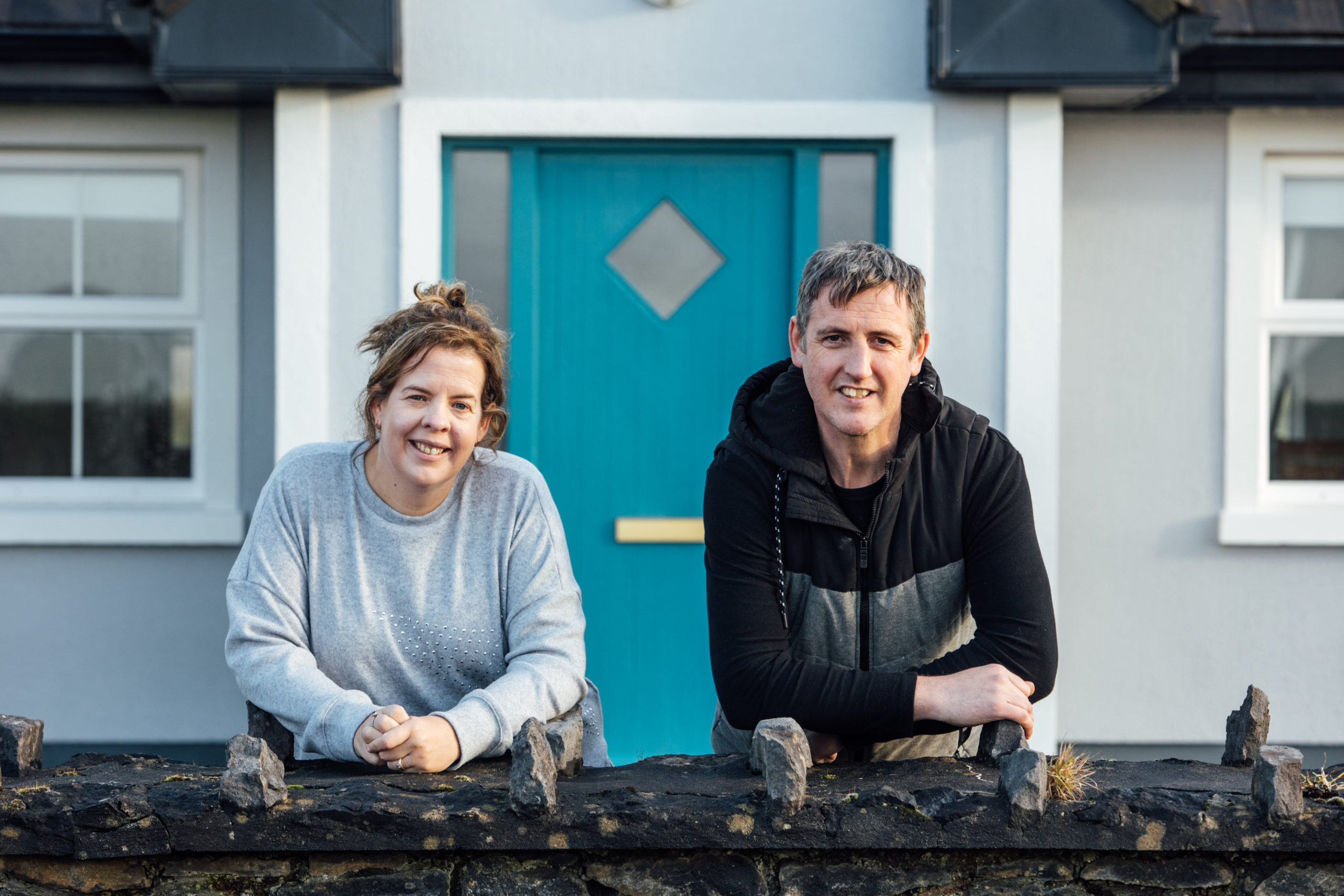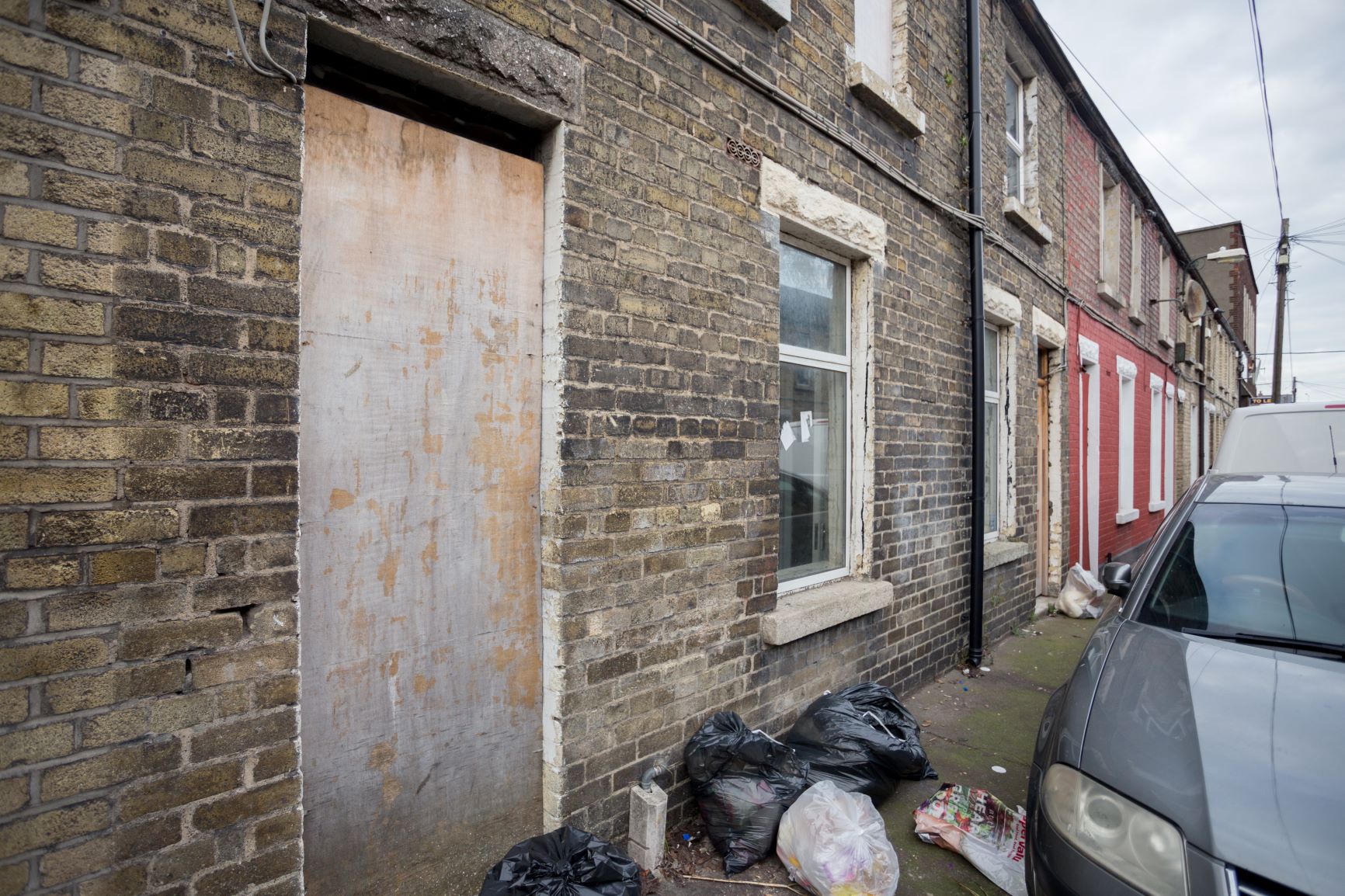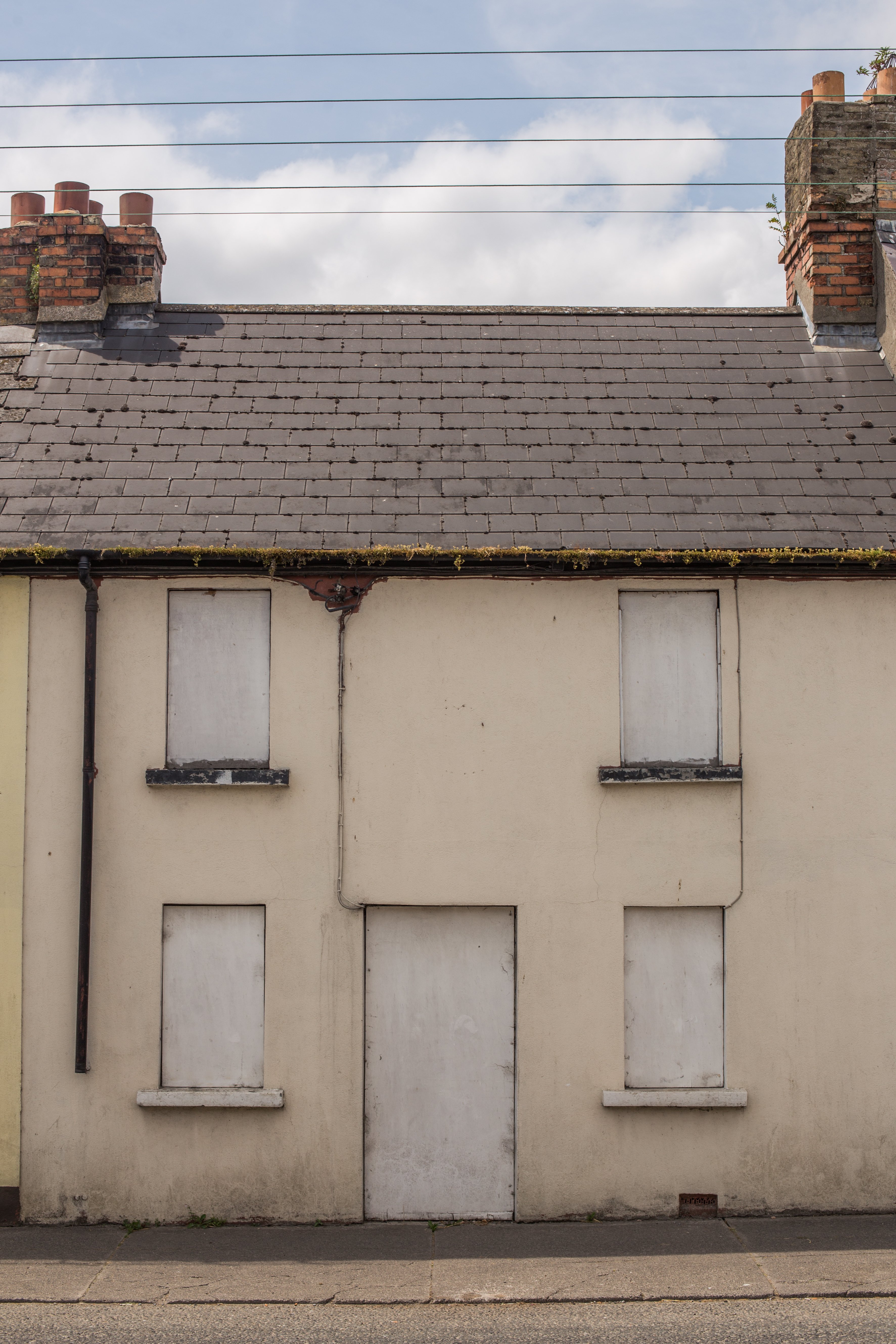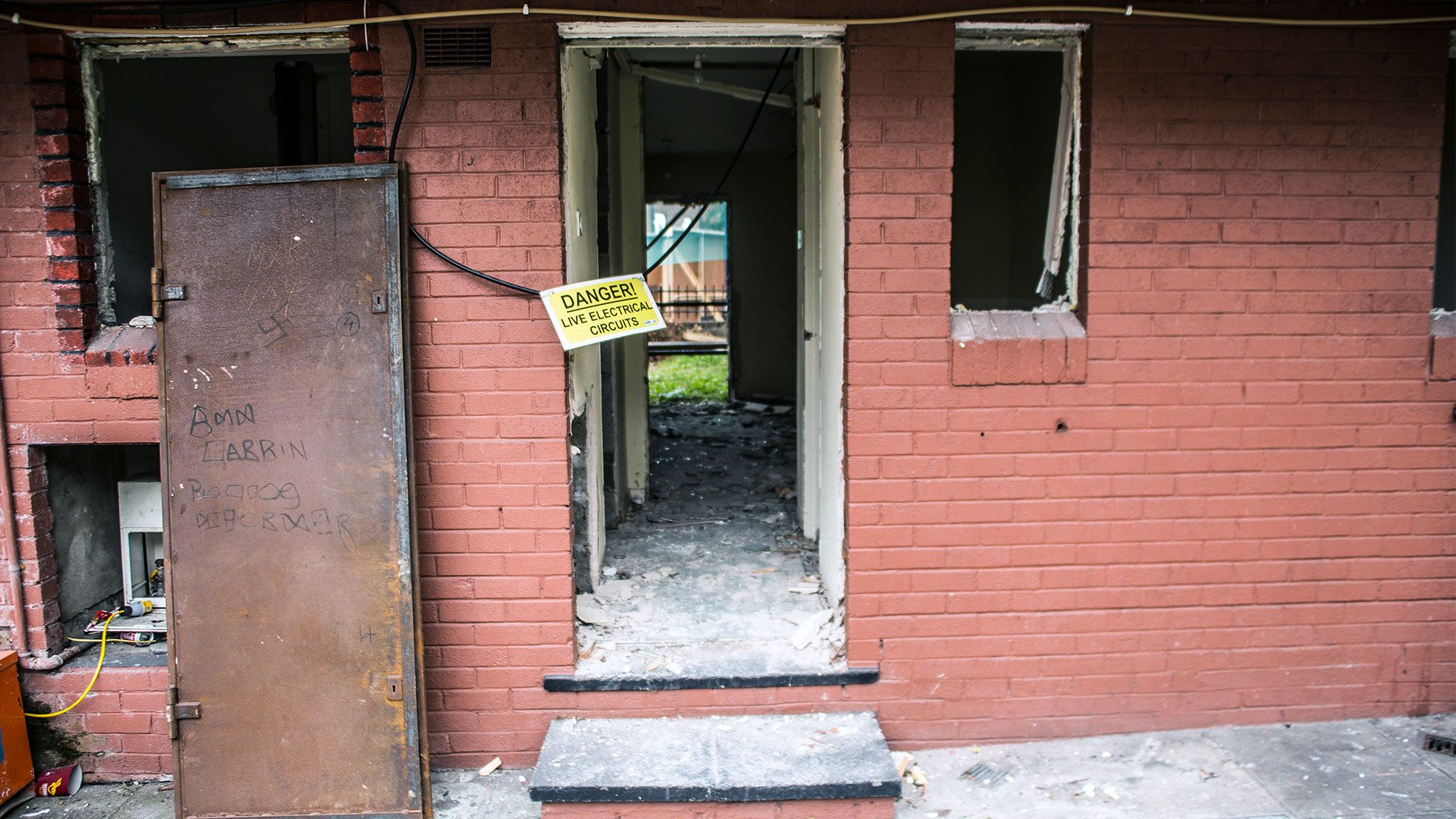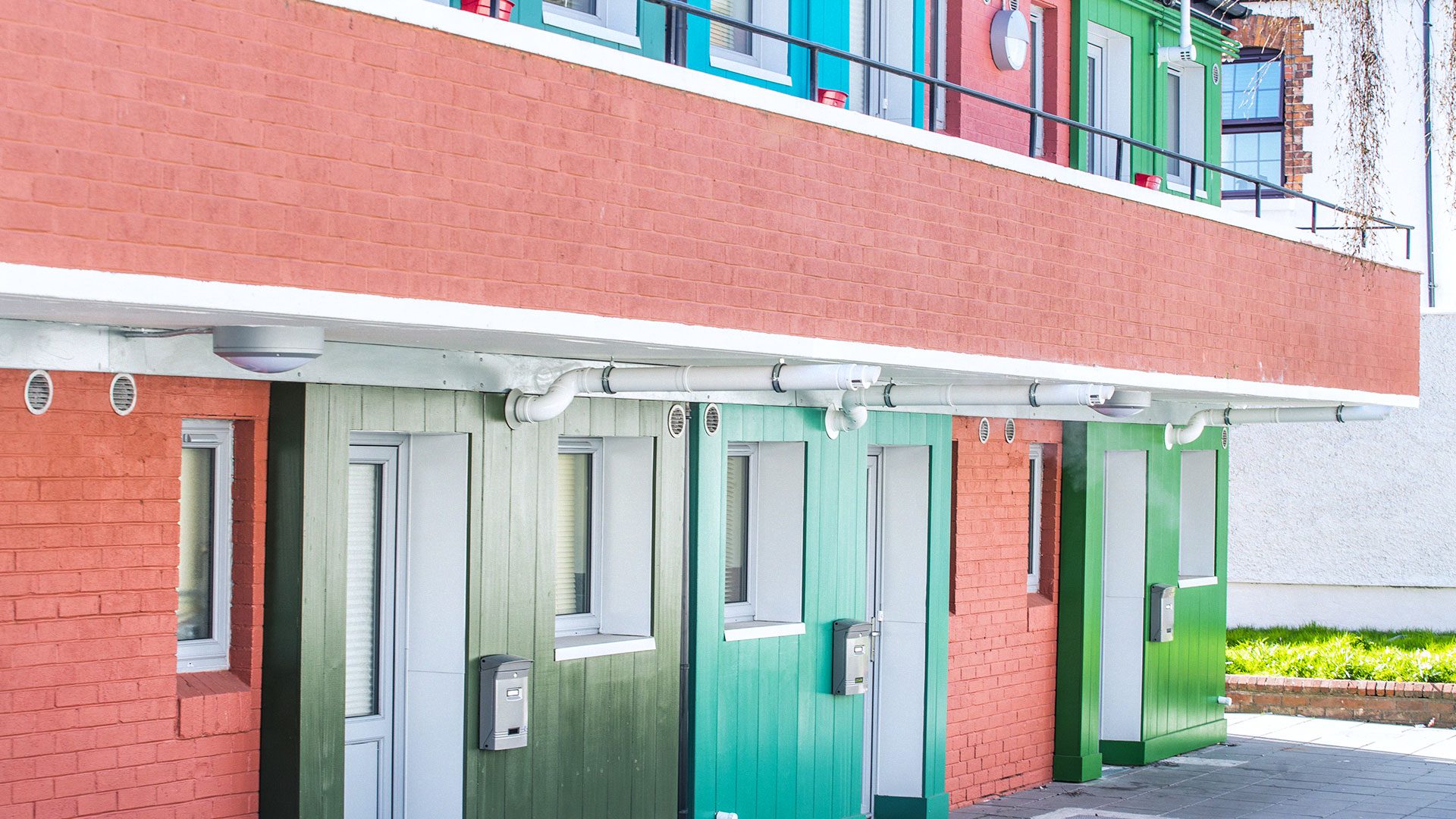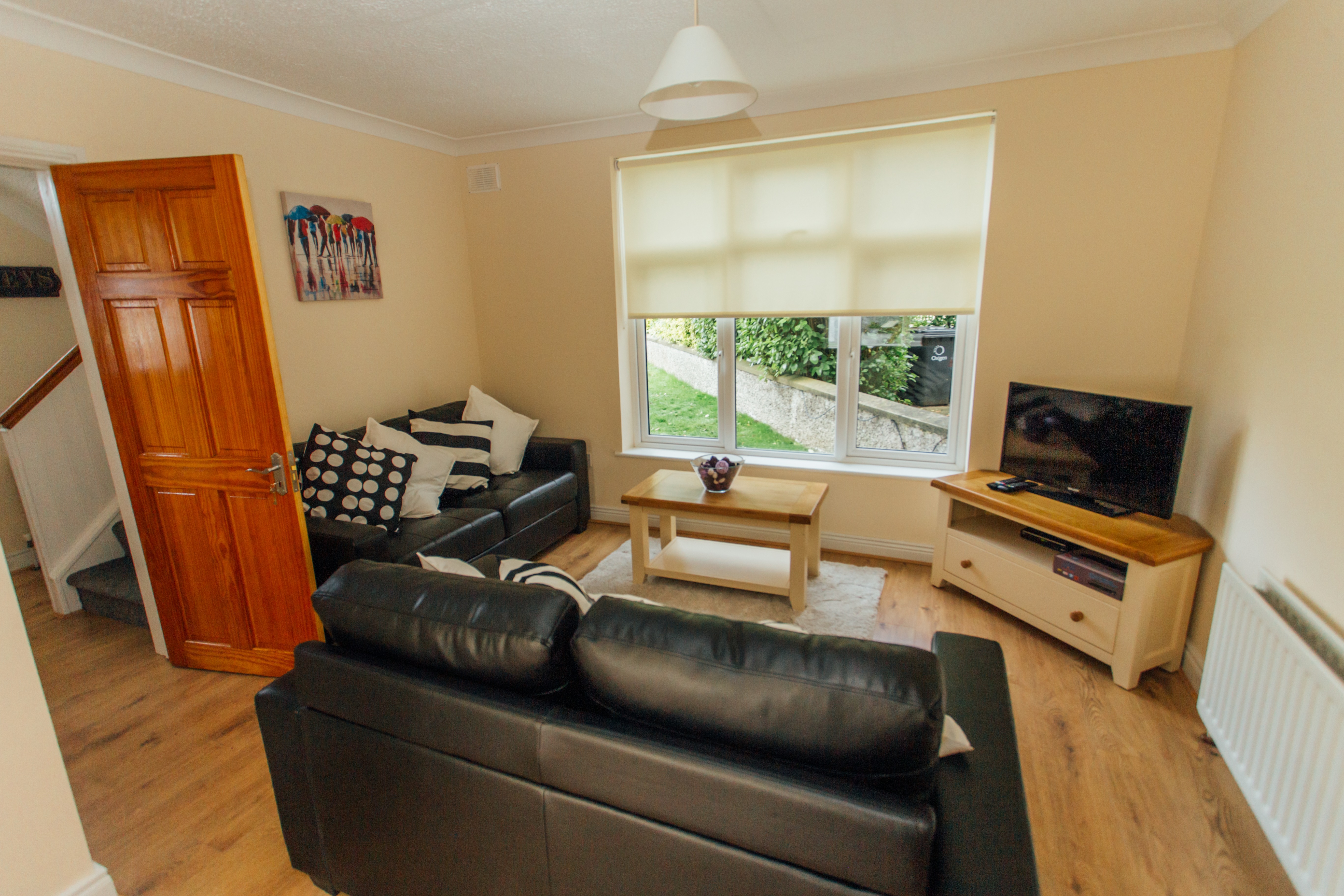As a national housing and homeless charity, one of Peter McVerry Trust’s central aims is to increase the supply of social housing and alleviate homelessness for the thousands of people currently experiencing it in Ireland.
When it comes to the concept of increasing housing supply, and doing so rapidly, a solution regularly visited is increasing building height restrictions, particularly in Dublin.
At a time when Dublin and Ireland as a whole has tens of thousands of vacant properties and sites (according to Census 2016), is building upwards really the best solution to boosting housing output, maintaining property prices at an affordable level and reducing the number of individuals experiencing homelessness?
Density v Height
When deciding the optimum way to introduce more housing stock and relieve pressure on the housing market, we believe it is vital to consider the existing, vacant properties and sites in areas with housing needs that could be brought back into use and rejuvenate their respective local community, rather than building from scratch.
During Census 2016 the rate of vacant properties per 1,000 inhabitants in Dublin’s four local authorities were recorded – South Dublin (13:1,000), Fingal (17:1,000), Dun Laoghaire/Rathdown (21:1,000), and Dublin City (33:1,000) – giving an average of 21 vacant properties per every 1,000 inhabitants county-wide.
To give those numbers a broader context, results from Census 2016 showed the population of Dublin’s four local authority areas increased by 5.7%, or 72,333 people, between 2011 and 2016, resulting in a total population of 1,345,402.
In addition to that, the CSO* estimates there will be 400,000 more people living in Dublin by 2030 and 600,000 more by 2050, thus creating a very tangible and urgent need to reintroduce existing properties.
Compare Dublin’s density to the likes of Copenhagen, where there are roughly 400,000 more people living in the equivalent of the area between Dublin’s canals, and an inefficient use of vacant space in the capital can be observed.
The approach for coping with density in Copenhagen is that they first put in the infrastructure, like transport, schools and supermarkets, which makes communities within the city more livable and sustainable.
Alongside this are high-density micro plans for areas within the city, which ensures that there will be the population to sustain the infrastructure and services introduced during the phase above.
Meanwhile, in 2018, there were 333 vacant units recorded in Copenhagen as Denmark has a system that encourages people to use property efficiently, mainly through taxation.
Given the population and development pressures predicted by the CSO, a greater focus is needed on bringing existing vacant properties back into use and making Dublin suitable for accommodating greater density, like Copenhagen, rather than height.
